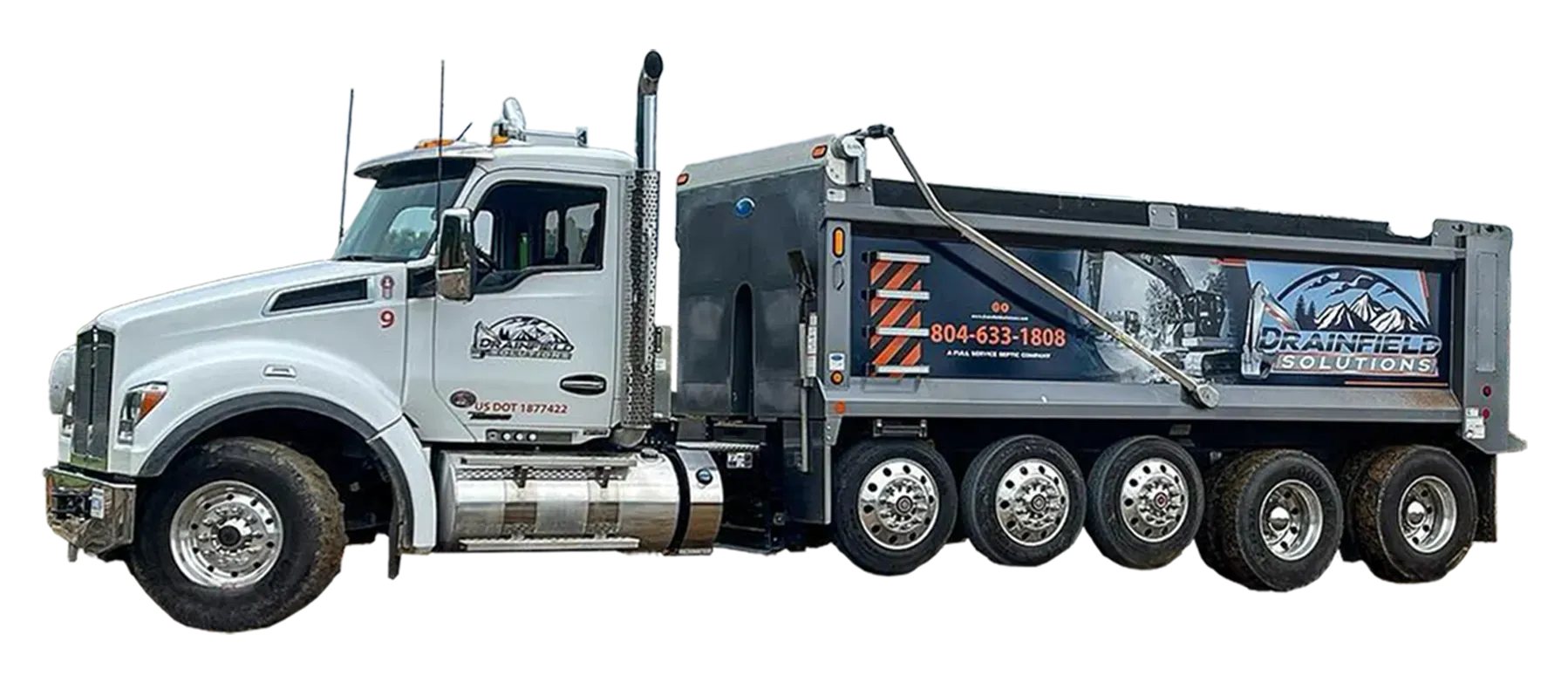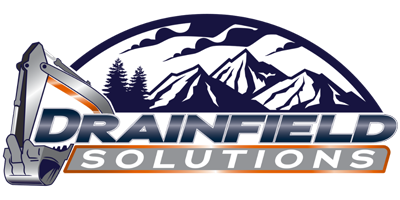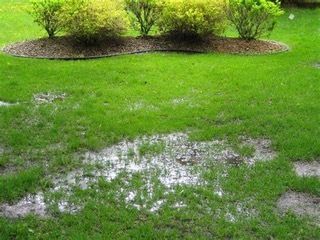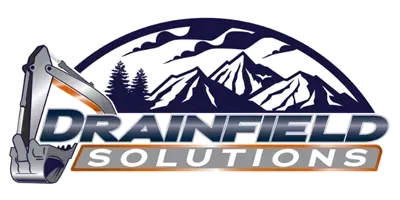
7 Solutions For A Waterlogged Drainfield
January 18, 2025
Dealing with a waterlogged drainfield is like having a soggy sponge in your backyard—it’s wet, messy, and just plain frustrating. Your drainfield is supposed to quietly filter and disperse wastewater, but when it gets overloaded with water, things can quickly go south. The good news? You’re not alone, and there are plenty of ways to fix the problem and keep it from happening again. Let’s dive into the common causes, signs to watch for, and, most importantly, how to solve the problem.
Why Is My Drainfield Waterlogged?
A waterlogged drainfield happens when the soil becomes oversaturated, making it difficult for wastewater to filter and disperse properly. Here are some of the main culprits:
- Excessive Water Use: Running multiple water-heavy appliances at the same time can overwhelm your septic system.
- Poor Drainage: Heavy rains, high water tables, or improper grading can flood your drainfield.
- Clogs or Backups: Solids or grease in your pipes can block wastewater flow, causing backups into the drainfield.
- Biomat Buildup: Over time, a slimy layer of organic material can clog the soil and pipes in your drainfield.
Signs Your Drainfield is Waterlogged
If your drainfield is struggling, it’ll give you plenty of hints. Keep an eye out for these telltale signs:
- Standing Water: Puddles or soggy spots in your yard that don’t dry out.
- Slow Drains: When sinks, showers, or toilets take forever to drain, it could mean your system is overloaded.
- Sewage Smells: Unpleasant odors near your drainfield or inside your home.
- Mushy Ground: The soil above your drainfield feels soft or spongy underfoot.
- Lush Grass: While green grass is great, overly lush or fast-growing plants above your drainfield could signal excess nutrients from untreated wastewater.
If you’re experiencing any of these symptoms, it’s time to take action.
Solutions for a Waterlogged Drainfield
Now that we’ve identified the problem, let’s talk about how to fix it. Here are some tried-and-true solutions to get your drainfield back in working order.
1. Conserve Water
The first thing you can do is reduce the amount of water flowing into your septic system. By using less water, you give your drainfield a chance to dry out and recover.
- Space Out Water-Heavy Activities: Avoid running the dishwasher, washing machine, and shower all at once.
- Fix Leaks: A dripping faucet or running toilet can add gallons of water to your system every day.
- Install Water-Efficient Fixtures: Low-flow showerheads and toilets can make a big difference.
2. Redirect Rainwater
If heavy rains or poor drainage are causing water to pool in your yard, it’s time to take control of where that water goes.
- Extend Downspouts: Redirect rainwater away from your drainfield by installing downspout extensions.
- Regrade the Area: Ensure your yard slopes away from the drainfield to prevent water from collecting.
- Install a French Drain: A French drain can help divert excess water from your yard and keep it away from the septic system.
3. Aerate the Soil
Compacted soil makes it harder for your drainfield to absorb and filter wastewater. Aerating the soil can improve drainage and allow the system to breathe again.
- Manual Aeration: Use a garden fork or aerator to poke holes in the soil and loosen compacted areas.
- Professional Help: For larger or severely compacted areas, call in a professional to perform deep soil aeration.
4. Pump the Septic Tank
A full or clogged septic tank can lead to backups and contribute to a waterlogged drainfield. Regular pumping is essential to keep your system running smoothly.
- How Often to Pump: Most systems need pumping every 3–5 years, but high-usage households may need it more often.
- Professional Service: Schedule a septic tank pumping with a trusted professional to remove excess solids and scum.
5. Repair or Replace Leach Lines
If the pipes in your drainfield are cracked, clogged, or damaged, wastewater can’t flow properly. In some cases, repairs or replacements may be necessary.
- Spot Repairs: For minor damage, a professional can repair individual leach lines.
- Replacement: If the damage is extensive, replacing the pipes might be the best option.
Damaged pipes are no match for a well-trained technician, so don’t hesitate to call in the experts like Drainfield Solutions.
6. Address Biomat Buildup
Excessive biomat buildup can clog the soil and pipes, preventing proper filtration.
- Routine Maintenance: Regular septic tank pumping helps minimize biomat growth.
- Drainfield Restoration: In severe cases, professional techniques like jetting or soil replacement may be required.
7. Consider a Drainfield Replacement
If your drainfield is old or severely waterlogged, it might be time to replace it. While this is a more significant investment, a new drainfield can provide decades of reliable service.
- Professional Assessment: Have a professional evaluate your system to determine if replacement is necessary.
- Upgrade Options: Work with your technician to choose a design that suits your household’s needs and soil conditions.
Preventing Future Waterlogging
Once your drainfield is back in working order, take steps to prevent waterlogging from happening again:
- Stick to a Maintenance Schedule: Regular pumping and inspections keep your system running smoothly.
- Be Mindful of Water Use: Conserve water and avoid overloading the system.
- Protect the Drainfield: Keep vehicles, heavy equipment, and large structures away from the area.
- Plan Landscaping Wisely: Avoid planting trees or shrubs near the drainfield to prevent root intrusion.
Let’s Fix That Waterlogged Drainfield in Central Virginia!
Don’t let a waterlogged drainfield dampen your spirits (or your yard). Call Drainfield Solutions today at
804-633-1808
or visit our
contact page
to schedule a septic tank and drainfield inspection or consultation if you live in Tappahannock, Warsaw, Aylett, Culpepper,
Ruther Glen, Fredericksburg, Mechanicsville, Stafford or surrounding areas.
Drainfield Solutions provides expert septic tank and drainfield repair, solving waterlogging and drainage issues efficiently. As a family-owned and operated business since 2005, we’re dedicated to providing reliable, eco-friendly septic system services tailored to your needs.
- Comprehensive Drainfield Inspections: We’ll identify the root cause of your waterlogging problem.
- Expert Septic and Drainfield Repairs: From aeration to leach line replacement, we’ll get your system back on track.
- Preventive Septic System Maintenance: We’ll help you create a care plan to keep your drainfield healthy for years to come.
With the right care and expertise, we’ll have your drainfield dry, functional, and ready to do its job again in no time. Here’s to a backyard that smells as good as it looks!
Share Post
Latest Posts
Ready to Take the Next Step?
Whether you're in need of a system inspection or regular maintenance, Drainfield Solutions is here to help. Get in touch today for reliable service you can trust.






